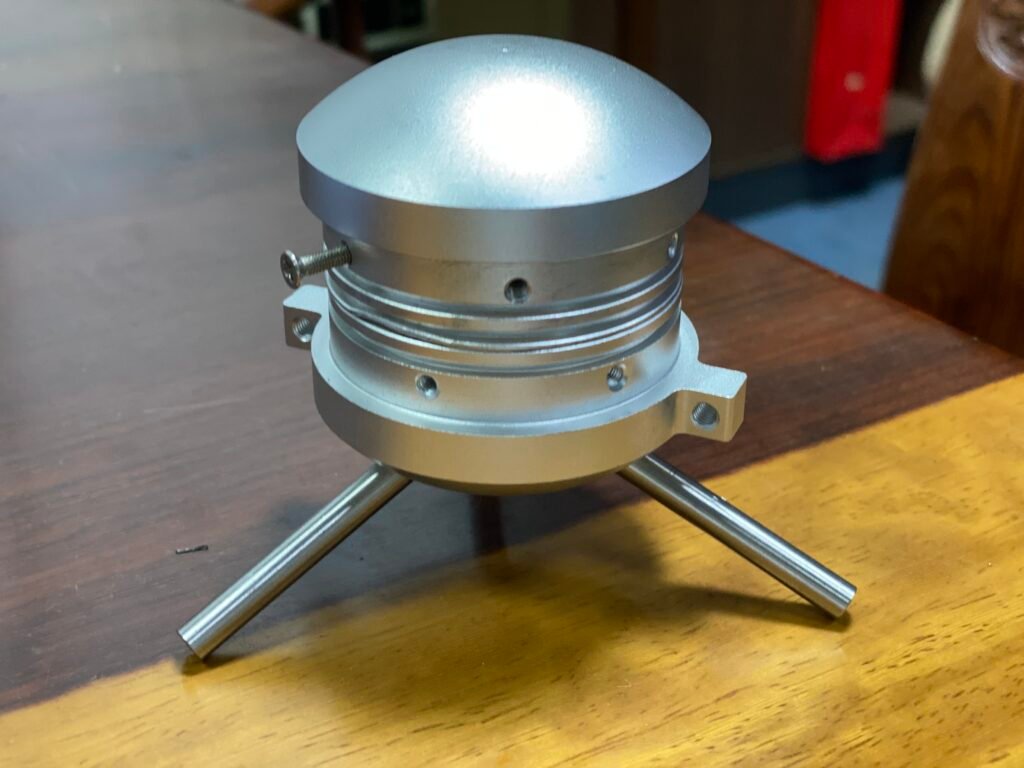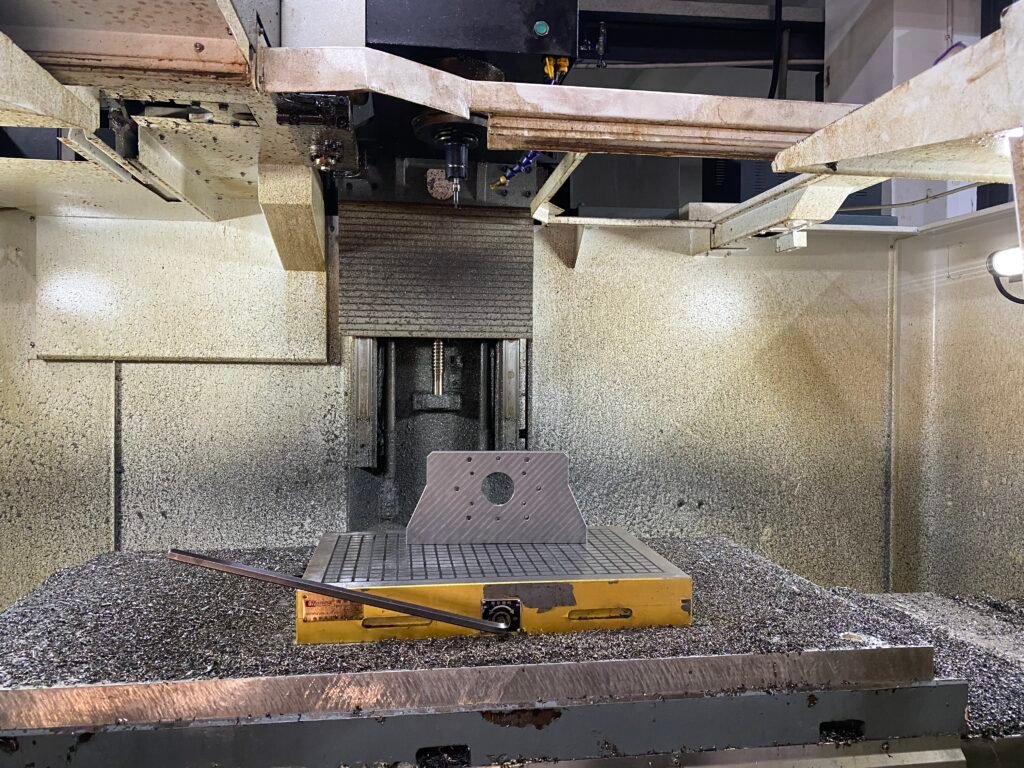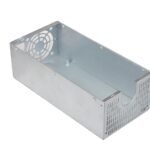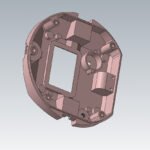CNC machining is a cornerstone of modern manufacturing services. Along with quick turnaround times and versatility, CNC machining is also known for its excellent precision. Of course, precision becomes more important when matching a complex part. However, an increase in part complexity will increase the failure chance during machining.
Thus we present to you the benefits of CNC machining in complex parts.
What is CNC Machining?
CNC machining stands for Computer Numerical Controlled machining. Here a computer (microprocessor) is responsible for the accurate and precise motion of the cutting tool. The tool subtracts material from a solid blank (called a workpiece) until the desired geometry is achieved. CNC machining is an incredibly precise and time-efficient manufacturing method.
Complexity in CNC Machined Parts
Here are the critical elements of CNC machining that contribute to part complexity.

a.Geometry
Geometry complexity refers to the number of design elements present in a single part. These design elements consist of holes, cuts, pretensions, undercuts, etc.
b.Size
The part size itself is not responsible for part complexity but is still a significant contributor. Machining a larger-sized part is considerably easier than machining the same design but at a smaller size. Additionally, large parts can be machines at a higher speed than smaller parts.
c.Machining
Machining is a design-dependent property of CNC. Complex geometric designs require machining using multiple cutting tools and changing workpiece orientation. Some designs cannot be machined using standard 3-axis CNC machines.
d.Tolerances
Tighter tolerances for any design will slow down the manufacturing process. As tolerances shrink, the amount of machining precision requires increases exponentially. Additionally, the same tolerance for a smaller part will result in added complexity than it would for a large part.
Precision in CNC Machining
Precision is the quality of a device that is responsible for consistent results upon repetition. In short, CNC precision ensures that every machined part has similarly accurate dimensions.
CNC machining precision is the result of several design choices.
The following are critical elements of a CNC machine that increase the overall machining precision.

1.Microprocessors
The compute element of a CNC machine is controlled by a microprocessor (computer). This little chip can make thousands of calculations per second, resulting in precise and accurate instructions to the motors.
Microprocessor technology has increased by 100 times in just the past two decades. With faster processing, CNC machines can cut material with even greater precision and less time.
2.Servo Motors
Motors are responsible for carrying out cutting instructions provided by the computer (microprocessor). However, motors are inherently inaccurate as their momentum keeps them from stopping at precise locations.
A servo motor uses specific electric currents to start and stop. This fine-tuned control system allows servos to carry out movement instructions provided by the computer accurately.
3.Multi-axis CNC Machines
Finally, the most significant contributor to modern CNC precision is multi-axis machines. A typical CNC machine only moves in three axes (directions), Up-Down, Left-Right, and Front-Back. This means operators will have to adjust the workpiece and change its sides for complex designs, which brings unnecessary variables and impacts the overall precision of the machine.
6-axis machines can move in the three directions but also rotate in the three directions, resulting in total coverage of the workpiece. You can cut complex designs into the workpiece with the click of a single button, with no need for operator guidance.
Benefits of Precision CNC Machining Service

CNC Prototyping Machining Service
Prototyping is a necessary step in product development but a time-consuming and costly practice. Prototypes often need very precise tolerances so the design can be as close to the final product as possible.
CNC machining solves most drawbacks associated with prototyping. The precision of CNC allows for rapid turnaround times, meaning you can decrease the lead time between the design phase and the production phase.
Precision CNC Milling
Milling is generally restricted to simpler tasks, like surface milling or drilling. But newer multi-axis CNC machines are incredibly versatile and can create complex designs with unparalleled precision.
For example, monolith aluminum blocks are used to manufacture high-performance turbine blades. These turbine blades require utmost precision and accuracy. Each blade must be the same as the others.
Precision CNC Turning
Turning is performed on a horizontal machine called a Lathe. It is commonly used for objects with significant length-to-height ratios. CNC turning is an excellent option for machining threads, pipes, deep cavities, etc.
Since turning is performed on large objects, poor precision can have a snowball effect and result in large variations between parts. CNC turning ensures consistent and accurate machining operations.
The most significant benefit of precision turning can be seen in machined threads. Threads have standard sizes, and your parts must adhere to these strict standards. Luckily precision turning on CNC machines leaves no room for errors.
Surface Finishing
Machined parts often undergo secondary processing called finishing. Finishes like powder coating and painting can add 0.05 to 0.1 mm to the final thickness. While polishing can reduce the thickness by the same amount. These finishes have a tendency to exaggerate surface imperfections.
Your parts need to be machined as precisely as possible using a CNC machine for even and consistent finishing.
High Volume Production
CNC precision also proves extremely useful for large-scale productions of complex parts. CNC machines ensure each part closely matches the other, with as little variation as possible. This precision also results in quicker turnaround times and shorter lead times.

Conclusion
Precision is an often overlooked benefit of CNC machining. However, after reading this article, we hope you better appreciate CNC’s precision. CNC machines will maintain their precision irrespective of your cutting tools, design geometry, and tolerances. You will need to rely on more advanced CNC machines, like a six-axis CNC, for even better precision.
If you are looking for precise and accurate CNC services, look no further, QBH Technology is your one-stop-shop for any and all CNC services. We offer precision CNC Turning, CNC Milling, and several other machining services.
Don’t miss out on our best-in-class service, and Contact us Now!




